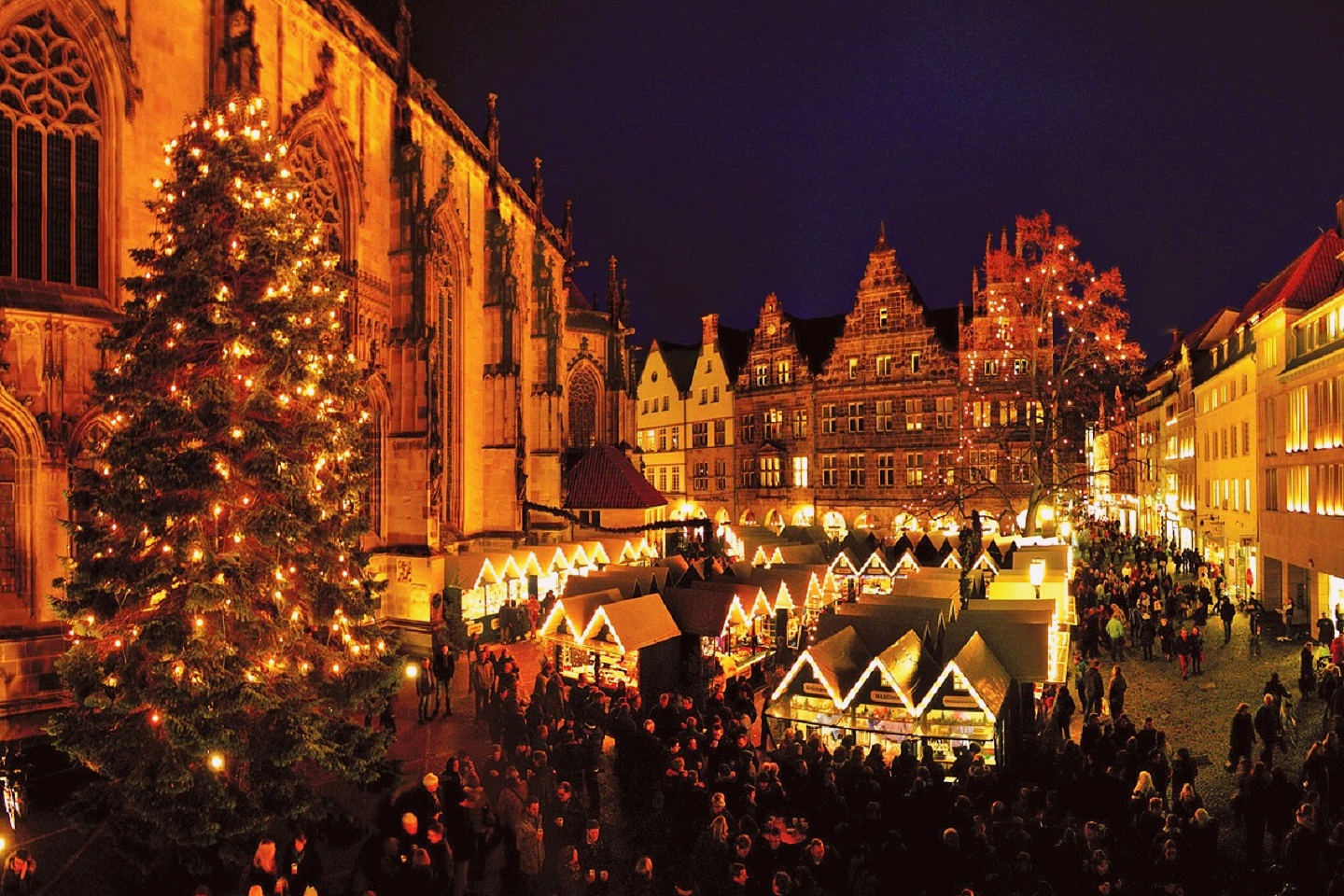
Tradition and ancient craftsmanship come together at the Marienplatz Christmas market in Munich (Photo: Münster Marketing)
It is late autumn in Germany. The morning sun is gentle and its rays bathe everything in a golden hue. The trees lining the streets are almost bare, save for a few dispersed clusters of yellow leaves clinging on by their stems. As almost a third of the country’s land area is designated as protected landscape, there is an abundance of quiet green pockets in its cities, which make for perfect rest stops from the cobblestone streets.
Germany is the second most populated country in Europe and almost 50% of its population are expatriates with a substantial number of migrants from the EU. The country welcomes a steady stream of visitors and tourists all year round and boasts a great diversity of cultural influences. But one thing they all have in common is their love for convivial gatherings.
weihnachtsmarkt-christkindlmarkt-marienplatz-foto-bernd-roemmelt-3000.jpg
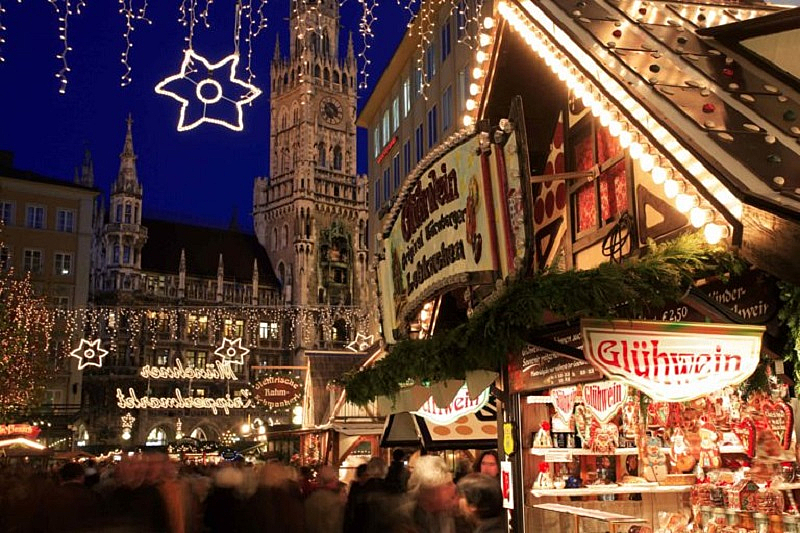
At this time of the year, despite the impending cold, the number of visitors to the country escalates to millions. The streets are festooned with garlands and ornaments and strings of Christmas lights adorn railings, rafters and public squares across the country, giving rise to the start of Germany’s world-famous Christmas markets.
These markets are often characterised by huge anchoring Christmas trees, sometimes as tall as 25m. They act as festive backdrops for photographs and as location pins where friends decide to regroup after getting separated. All the markets sell similar wintry treats, handicrafts and street food but not one is truly the same as another because each region has its own traditions and specialities, which makes this time of year the best for touring the country. Here are some highlights from the four cities we explored recently.
frankfurt_1.jpg
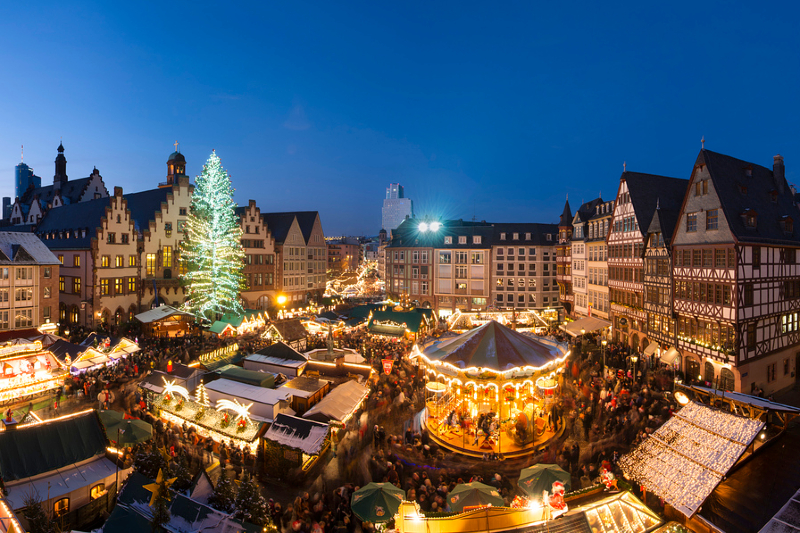
Home to the European Central Bank and some of the largest trade fairs in the world, Frankfurt serves as Germany’s centre of international finance and has the highest quality of life, average income and purchasing power in the country.
In the past, Frankfurt was famous not for its skyline (although it is still considered the most impressive one in Europe) but for its historical city centre. The old town was the hub of social, economic and political events since the ninth century, from imperial elections to medieval jousting, and was where kings were elected and emperors crowned. But during the Second World War, the city was partially obliterated and the approach it took to redevelopment incorporated a combination of architectural designs that was different from any other German city’s.
Over the years, the DomRömer Quarter, located between the Römer City Hall and Emperors’ Cathedral, has been faithfully reconstructed according to its historical medieval blueprints, using original construction materials and traditional craftsmanship. Now dubbed the “new old town”, the DomRömer Quarter is also part of Frankfurt’s massive Christmas market, which stretches from the Zeil promenade all the way down to the banks of the River Main. Known for its seasonal specialities, including traditional Apfelwein (apple wine), Bethmännchen (marzipan biscuits), Handkäs fondue and candied almonds, the market is supported by Pink Christmas, a market within a market at Friedrich Stoltze Square, which offers everything you need to withstand the cold weather, from warm winter cocktails to homemade soup.
Frankfurt’s Christmas market culminates in the Pealing of the Bells on Christmas Eve, a tradition where 50 bells ring out from 10 churches at the same time for 30 minutes. So, as far as magical touches go, it does not get more enchanting than that.
Nuremberg: The golden angel
nuremberg_1.jpg
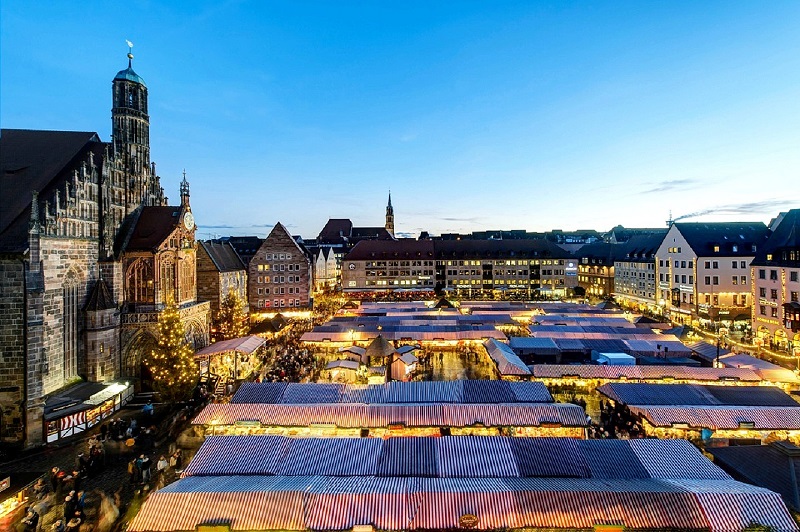
Set in the Nuremberg Main Market Square, the Nuremberg Christkindlesmarkt is one of the oldest traditional Christmas markets in Germany, believed to have been organised yearly since the early 17th century. First mentioned in 1628, its roots go back to the time of the Reformation, from when the tradition of giving presents at Christmas evolved. Since then, traditional wares such as handmade Christmas decorations, Rauschgoldengel (gold-foil angels) and Zwetschgenmännle (prune men figures) as well as culinary delights such as gingerbread and blueberry mulled wine have been offered in more than 180 wooden booths with candy cane-striped roofs at the front of the Frauenkirche.
What sets the Nuremberg Christkindlesmarkt apart from the rest is its symbolic ambassador. The Rauschgoldengel, traditionally made with thinly beaten brass with arms tucked away, can be found in all sizes at the various Nuremberg markets.
A German legend claims that the Rauschgoldengel was first made by a Nuremberg doll maker during the Thirty Years’ War. As the doll maker’s daughter lay dying of fever, he heard the flutter of angel’s wings and was inspired to create one in her memory, although many claim it was most likely inspired by the acts of Christkind, who gave gifts to children at Christmas time. The largest gold-foil angel of all hangs high above the southern entrance of the Nuremberg Christkindlesmarkt to welcome guests. Adjacent to it is the Children’s Christmas Market, where a nostalgic two-tiered carousel, mini Ferris wheel and a steam railway await.
12387797_xl.jpg
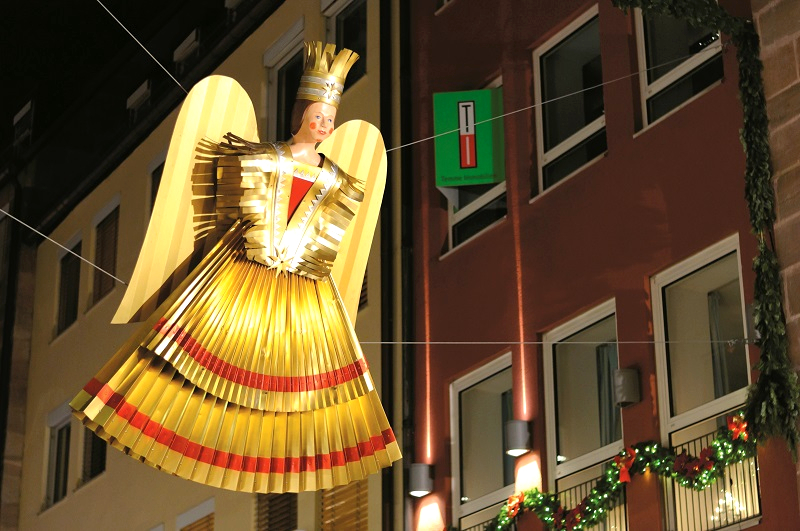
For the adults, next to the Fleischbrücke and directly on the River Pegnitz is where the largest punchbowl in the world may be found. You will spot a gigantic glowing cauldron brewing a concoction of red wine, rum, cinnamon and cloves. Visitors from all over the world gather to watch the amazing show and warm themselves with a cup of punch in the fire’s glow. There is truly no better feeling than to be enveloped by the scent of bubbling spices and red wine, and slowly but surely being warmed up while in the freezing cold.
Cologne: Party city
In its heyday in the Middle Ages, Cologne was one of the most important trade centres in Europe due to its strategic location spanning the Rhine River. The 2,000-year-old city — the second oldest in Germany after Trier — became the region’s cultural hub known for its gilded medieval reliquary and impressive Gothic and Romanesque cathedrals with the Cologne Cathedral being one of the most iconic.
The 800-year-old Cologne Cathedral is the city’s principal landmark and stands at the very heart of the metropolis. It also houses the remains of the Three Wise Men, which were brought here from Milan by Archbishop Rainald von Dassel after the city was conquered in 1164. Since then, it has become one of the most important places of pilgrimage in Europe.
cologne_1.jpg
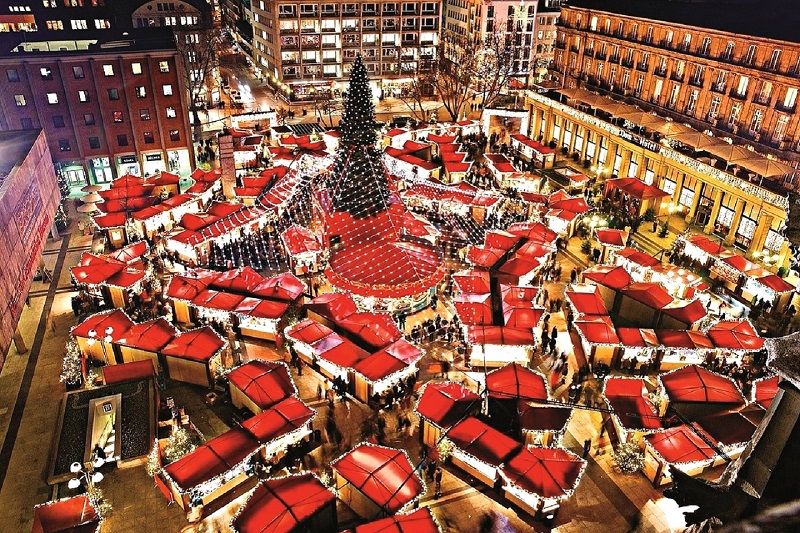
After the Second World War, unlike Frankfurt, Cologne was rebuilt with more modern tendencies, which attracted many young people to reside in the city. But come November, a greater number of students and young adults flock to the city to experience the highs of the Cologne Carnival, which begins every year on the 11th day of the 11th month at exactly 11.11am. Also known as Fastelovend and Fasteleer, the festival’s highlights include a street carnival, which runs from Weiberfastnacht, the Thursday before Shrove Tuesday, to Ash Wednesday. In that particular week, folks go out by the millions wearing masks and celebrate by singing, dancing and drinking.
In the weeks leading up to Christmas, numerous markets, especially the one in front of the Cologne Cathedral, attract visitors with hundreds of stands for browsing, shopping, eating and drinking. Framed within a canopy of twinkling lights, visitors can sample regional specialities and purchase intricate gifts from craftsmen, such as woodcarvings, glass balls, ceramics, accessories, children’s toys and handmade soaps. A short walk to Cologne Old Town will bring you to Heinzels Winter Fairytale, a traditional market with themed alleys and a spectacular skating rink and further down the waterway will take you to the Cologne Harbour Christmas Market, a maritime market directly on the Rhine River.
Munich: Holiday magic
weihnachtsmarkt-tollwood-7086-foto-bernd-wackerbauer-3000.jpg
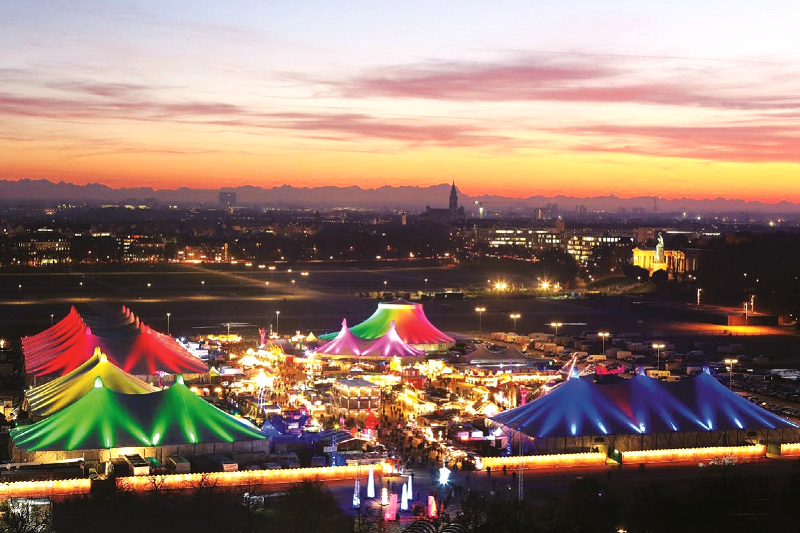
A modern, cosmopolitan city with a long heritage, Munich is Germany’s lifestyle capital, best known for its annual Oktoberfest celebration, impressive art and German automobile museums and Romanesque Neuschwanstein Castle, which served as the inspiration for Disneyland’s Sleeping Beauty Castle. Its variety draws different visitors and the same goes for its year-end winter markets.
During Advent, Munich’s Christmas and winter markets lend their magic to the city’s Bavarian charm. Tradition and ancient craftsmanship are established at the Marienplatz market in front of the neo-Gothic town hall, where nativity scenes are complete with lanterns for mangers, fodder for oxen and donkeys and gifts from the three Magi (Wise Men). Here, visitors can drink Glühwein (mulled wine) to their heart’s content and feast on Bavarian delicacies. But for those who want to experience the atmosphere of the Middle Ages, the Medieval Christmas Market at Wittelsbacherplatz is where you should head towards. Merchants in historical costumes sell their wares and craftsmen demonstrate their ancient craft in wooden huts. The market even features medieval cuisine made using ancient recipes. Even the Glühwein here is served differently — in a ceramic flamed chalice instead of a decorated mug.
img_1182.jpg
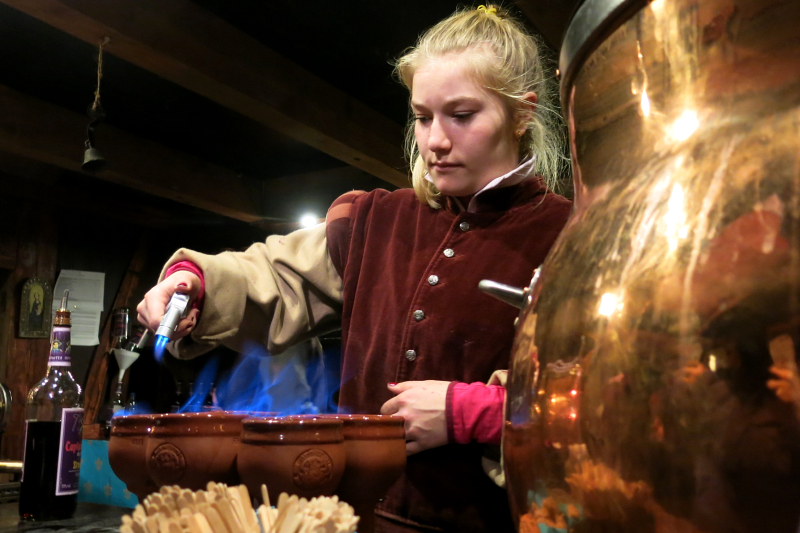
For a modern alternative, the Tollwood Winter Festival is the place to be. Light sculptures dot the festival and hundreds of stalls sell all kinds of organically grown food and original crafts. The massive heated tents are the best places to shelter from the cold and inside, several multimedia-based installations featuring ecological and social issues are displayed.
Germany remains one of the most visited countries in Europe, if not the world. Despite its chequered history, its bewitching scenery, romantic palaces, half-timbered towns and warm hospitality make it a perfect destination, a true winter wonderland, for holidaymakers, especially during the festive season.
This article first appeared on Dec 16, 2019 in The Edge Malaysia.


